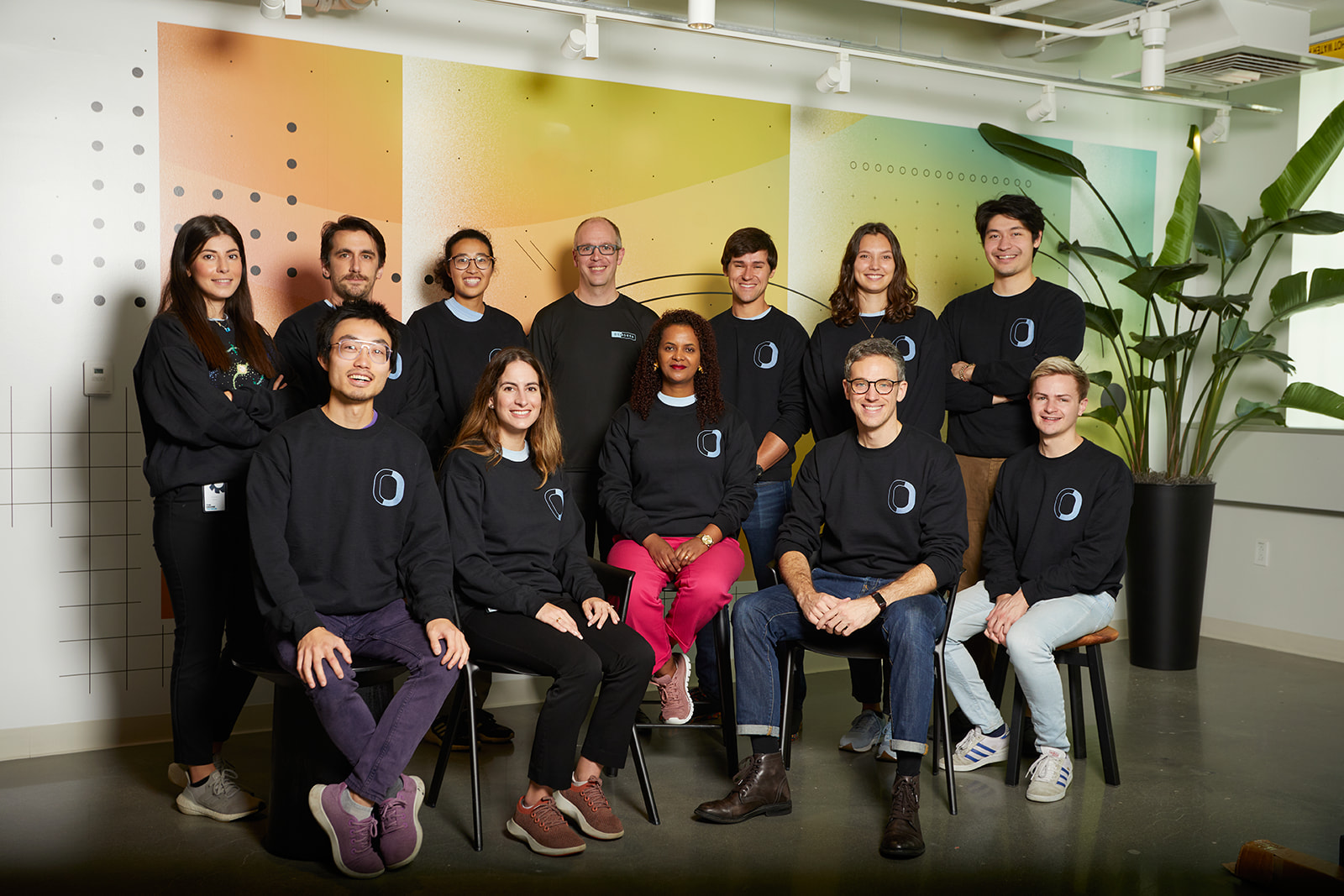A Q&A with Francesco of Osmoses
Our global energy transition isn’t possible without changing how industry purifies gasses. Gas molecules don’t naturally occur in a form pure enough for direct use. To be valuable, they must first be separated from complex mixtures. By rebuilding industrial infrastructure, we can ensure that the separation process is never a bottleneck for a cleaner world.
Shared Future Fund portfolio company, Osmoses, is transforming the way industrial separations are performed today. They have developed and are commercializing a novel membrane technology designed to deliver unprecedented efficiency and performance to purify gas molecules. Energy producers can now separate gasses with higher product recovery, high energy efficiency, and with a small physical footprint.
We sat down with Francesco, MIT PhD, Activate fellow, CEO, and co-founder, to chat more about how Osmoses polymers operate like filters for applications such as low-carbon hydrogen and biomethane, and how it feels to be a first-time founder today.
How and why did your team become so obsessed with gas molecule separation?
Everything started back in 2016, when a research collaboration was born between the department of Chemical Engineering at MIT and the department of Chemistry at Stanford University. Holden, Katherine, Zach, and I had been working with several other researchers and professors on developing new materials capable of separating gas molecules – the smallest molecules on earth – based on properties like size sieving and chemical affinity.
These materials can be manufactured into products referred today as membrane technology. This is very different from what 90-95% of the industry does today, which involves using thermal processes that are very energy intensive. In fact, around 15% of the world’s energy is used to power separation and purification processes (plus added carbon emissions). The idea of replacing boiling off components from a mixture with molecular filtration to save a massive amount of energy was very compelling, and becomes breakthrough science when it’s done for the smallest molecules: gasses.
Our PhDs, postdocs, and professorships were all devoted to finding an alternative approach to something that wastes a staggering amount of energy, and we became extremely passionate about the opportunity to contribute to this field. Starting Osmoses was the clearest opportunity we saw to make a difference in a space that desperately needed innovation, and offered us the best way to take an active part in the energy transition.
Why is the timing right for your technology to be successful?
Climate change is demanding decarbonization and scaling solutions to hit net-zero, which includes adoption of sustainable, low-carbon molecules such as hydrogen or biomethane, as an alternative to fossil fuels.
Unfortunately, the cost of producing and distributing these molecules is still high compared to traditional alternatives, which limits adoption and impact. Osmoses solutions are uniquely positioned to lower the cost of separations, thus the cost of low-carbon alternatives, boosting their market adoption. This is even more pronounced for distributed solutions, which is where the market is going.
Additionally, they can also lower the carbon intensity associated with each molecule produced, contributing to achieve the sustainability threshold defined by the Inflation Reduction Act (IRA), including Section 45V for hydrogen.
The Department of Energy (DOE) has recently announced $7B of investments for America’s first clean hydrogen hubs, which is a testament to the relevance of what Osmoses is building and will be a huge market pull for technologies like our membrane systems.
What has surprised you most about being a founder and raising venture capital?
I’m very lucky to be a first-time founder and part of incredible communities such as Activate, The Engine, MIT, and Greentown Labs. Something that has surprised me is the amount of peer and mentor support. I entered this experience knowing that it would be fast paced, but it still surprises me how quickly the startup world moves, and the market does too. No day looks the same and it’s a roller coaster of emotions. You learn so much about yourself, and work very hard to become a better person for the company you are leading. Raising venture capital is enabling Osmoses to grow and make progress more rapidly, which is key as every day matters in the race with climate change. Investors are an incredibly valuable extension of the team and partners to what we are building.
